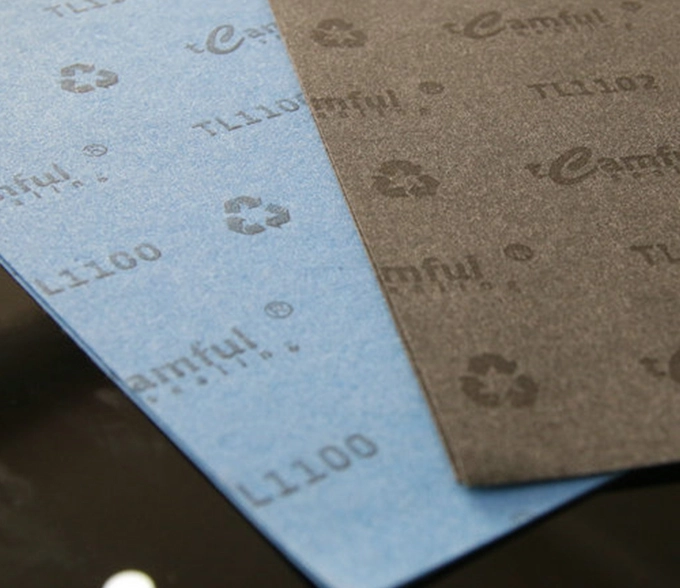Non-metallic gasket materials play a crucial role in the field of sealing. They typically exhibit excellent corrosion resistance, good sealing performance, and high temperature resistance, making them suitable for various complex industrial environments. Common non-metallic gasket types include rubber, plastic, graphite, and fiber-reinforced composite materials.
Rubber gaskets are widely used for their excellent elasticity and sealing performance. Different types of rubber materials have varying temperature and corrosion resistance. For example, nitrile rubber has good oil resistance, while silicone rubber excels in high-temperature performance. When selecting rubber gaskets, it is essential to match them with the specific working environment and media properties.

Plastic gasket materials are characterized by their lightweight, corrosion resistance, and ease of processing. Polytetrafluoroethylene (PTFE) is the most representative material, offering excellent chemical stability and a low friction coefficient suitable for high-purity and highly corrosive environments. However, plastic gaskets are prone to deformation at high temperatures, so their use in high-temperature conditions should be avoided.
Graphite gaskets excel in extreme working environments due to their outstanding high-temperature and oxidation resistance. Fiber-reinforced composite gaskets combine the strength of fibers with the toughness of matrix materials, providing excellent mechanical and sealing performance. These types of gasket materials are typically used in high-temperature, high-pressure, or highly corrosive medium environments.
In summary, there is a wide variety of non-metallic gasket types, each with its own characteristics. When choosing gasket materials, it is crucial to consider factors such as the working environment, media properties, temperature, and pressure to ensure effective sealing and longevity. Additionally, as technology continues to advance, new types of non-metallic gasket materials will continually emerge, providing the sealing industry with more choices.